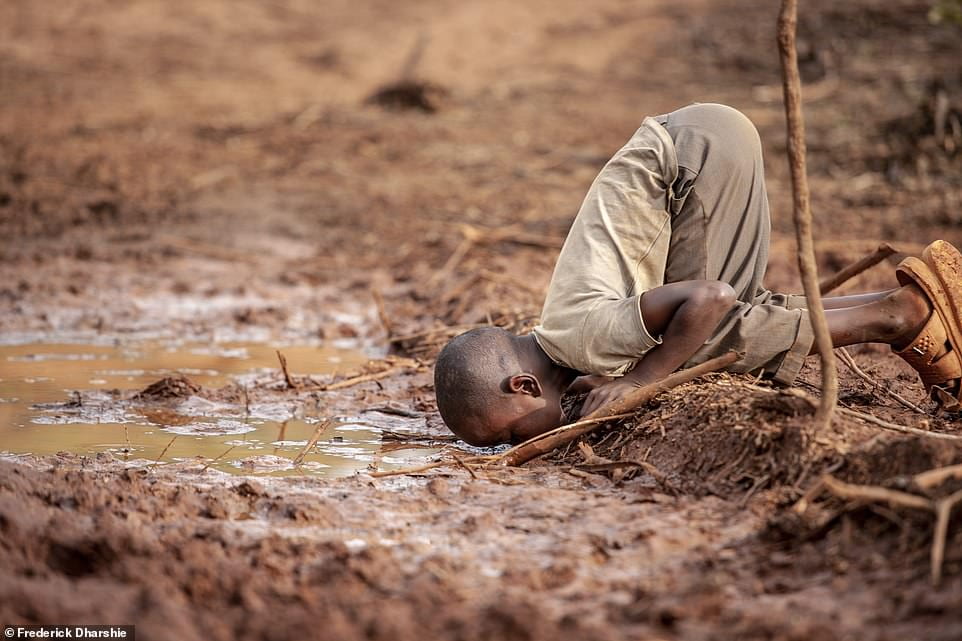
by gne05 | Nov 18, 2023 | Uncategorized
African countries face a critical water situation, with millions lacking access to clean and safe water sources
According to the United Nations, about 40% of the world’s population lack access to the least basic water needs and with the global temperatures on the rise this number is expected to further increase. In line with its vision for the year 2030, the United Nations is developing a series of targets such as eliminating water sources pollution and increasing international cooperation, however until today not much has done to ensure that this goal will be met by year 2030.
African countries have the highest mortality rates related to unsafe water sanitation
As shown in the above heatmap, the highest mortality rates related to unsafe water in year 2019 belonged to countries from the African continent solely with Lesotho and Chad leading the way with 108.1 and 99.2 deaths coming from unsafe water sources respectively. In addition, as displayed in the above map, the African continent is clearly in a critical situation with less than half of the population receiving access to basic water services in most of its countries.
Increasing international cooperation can improve the African water situation
To address the critical water situation, a multifaceted solution involves improving water infrastructure, implementing sustainable water management practices, raise awareness and avoid water pollution. However, as known for its weak economic situation, most of the African countries are not currently capable to develop such infrastructural expansions, highlighting the need of an international cooperation to solve the critical water situation in Africa.
Integrated programs can scale and validate the proposed solutions to solve the current situation
Series of programs led and initiated by international partners can be used to assess the feasibility and effectiveness of the proposed solutions, including the sustainable water usage and pollution control to restore the ecosystems in Africa and ensure that the whole population is receiving access to the least basic water services. In addition, the programs will ensure the global collaboration discussed above.
All stakeholders should proceed immediately
As mentioned above, the United nation clearly stated that much has to be done to be in line with the SDG goals of year 2030. In this regard, we recommended to focus on clear policies that call for an immediate action plan to ensure those goals. But most importantly, we recommend all stakeholders to proceed immediately as the African continent is in a desperate water situation while mortality rates are going through the roof.
For more info, read the following articles:
https://www.unep.org/explore-topics/sustainable-development-goals/why-do-sustainable-development-goals-matter/goal-6
https://education.nationalgeographic.org/resource/sustainable-development-goal-6-clean-water-and-sanitation/
https://www.unwater.org/sites/default/files/2023-08/UN-Water_SDG6_SynthesisReport_2023.pdf
#SDG #SDG6 #Africa #Water #WaterSanity #Danger #Resources #HumanRights #UnitedNations #UN #Equality #UNEP #UNWater
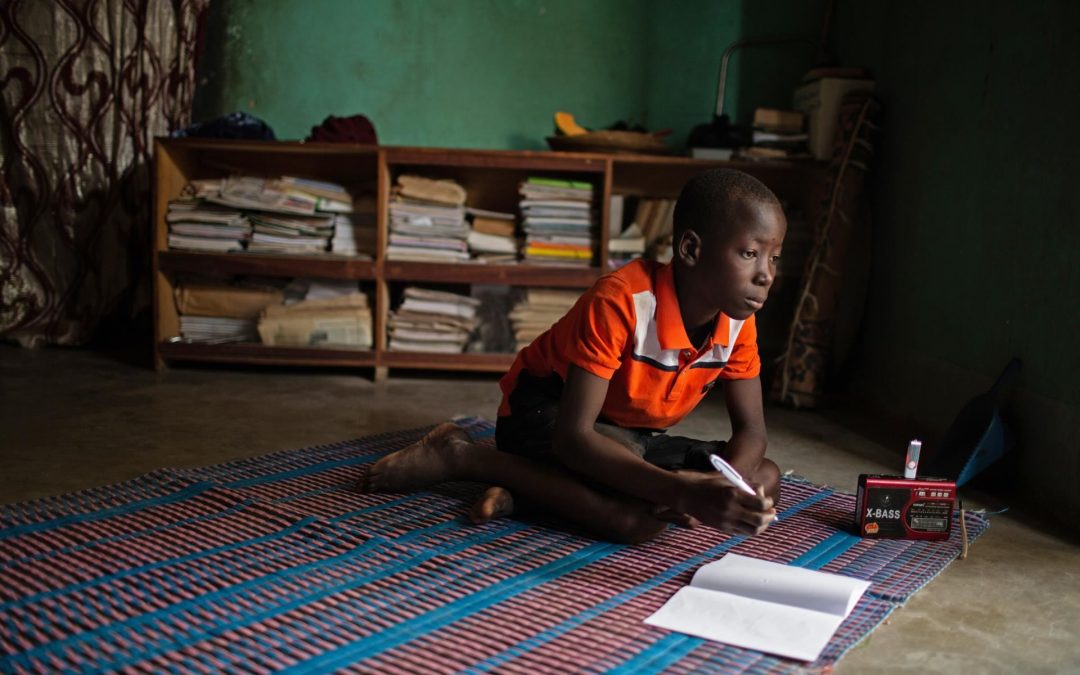
by jjk25 | Nov 23, 2022 | Generic, Visualization
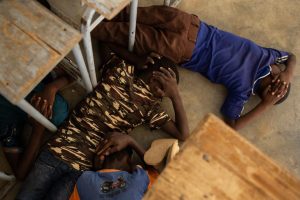 Hussaini, 14, is one of the lucky ones. He escaped. In 2018, as terrorism by extremist groups crossed into Burkina Faso, his village was attacked while he was in school. First, he heard screaming, and then gunfire. “They shot at our teachers and killed one of them,” he says. “They burned down the classrooms.” Hussaini ran home and within a matter of minutes, his family set off. They left everything behind, including school. Since that day, Hussaini has not set foot in a classroom. “I used to love school, to read, to count and to play during recess,” he says. “It’s been a year since I last went…”
Hussaini, 14, is one of the lucky ones. He escaped. In 2018, as terrorism by extremist groups crossed into Burkina Faso, his village was attacked while he was in school. First, he heard screaming, and then gunfire. “They shot at our teachers and killed one of them,” he says. “They burned down the classrooms.” Hussaini ran home and within a matter of minutes, his family set off. They left everything behind, including school. Since that day, Hussaini has not set foot in a classroom. “I used to love school, to read, to count and to play during recess,” he says. “It’s been a year since I last went…”
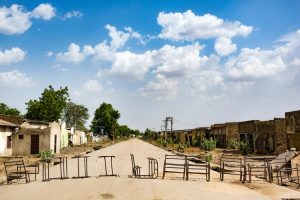
From the end of 2017 to 2019, the number of schools forced to close due to rising insecurity tripled. More than 9,200 schools closed across Burkina Faso, Cameroon, and others, leaving 1.9 million children without education. These children face a much higher risk of recruitment by armed groups, gender-based violence and targeting by traffickers. Most parents in Africa will tell you that their children’s education is the most important investment they can make.
Trouble Cycle
Education is the UN’s top priority because it is a basic human right and the foundation on which to build peace and drive sustainable development. Unfortunately, lack of education for the young generation remains highly present in the world.
The problem is a cycle: lack of education results in high child labor and low literacy rate thus increasing the world’s problems such as crimes. And in its turn, terrorism decreases education opportunities. Hussaini is among millions of other children that were deprived from quality education and had high chances to be part of child labor.
Evidence
Poor basic education can be identified by high child employment rate. So, what are the target continent and countries?
The map shows that the Average Child Employment Rates (ages 7-14) is highest in Africa.
Having a deeper look, Cameroon ranks first for having the highest average child employment rate of 52.7% for years 2006-2015, followed by Niger, Benin, and Burkina Faso.
Referring to the UN’s Sustainable Development Goal number 4:

- What if kids will get exposed to education in early stage?
- Can we influence their perception?
Fulfilling the Dream
Education cannot wait, and our world had enough. It is time to increase the number of education programs targeting young generation, and specifically African countries as previously mentioned, with Cameroon being a major target.
 Creating education programs would:
Creating education programs would:
- Have education camps with volunteering and non volunteering teachers all around the world
- Use workshops and fun trainings to later voluntarily engage kids
- Involve underdeveloped countries in globalization
- Introduce the diversity of cultures
- Work on making education a need and will for every kid and parent- representing a lasting impact environment
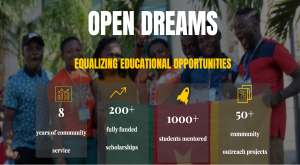
Many past programs were successfully implemented in Cameroon such as Open Dreams, which already funded more than 200 scholarships and mentored more than 1000 students.
Is it Time?
Targeting Cameroon, and implementing it as a first stage project, would be a start to then expand into other countries.
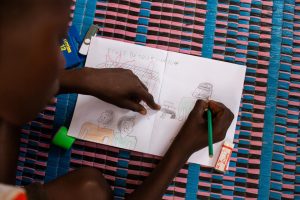 Finally, from another perspective, how about looking at equalizing educational opportunities as a solution to many other issues? and working on SDG 4 for quality education will strongly and positively affect other goals such as ending poverty and hunger?
Finally, from another perspective, how about looking at equalizing educational opportunities as a solution to many other issues? and working on SDG 4 for quality education will strongly and positively affect other goals such as ending poverty and hunger?






 Creating education programs would:
Creating education programs would:
 Finally, from another perspective, how about looking at equalizing educational opportunities as a solution to many other issues? and working on SDG 4 for quality education will strongly and positively affect other goals such as ending poverty and hunger?
Finally, from another perspective, how about looking at equalizing educational opportunities as a solution to many other issues? and working on SDG 4 for quality education will strongly and positively affect other goals such as ending poverty and hunger?